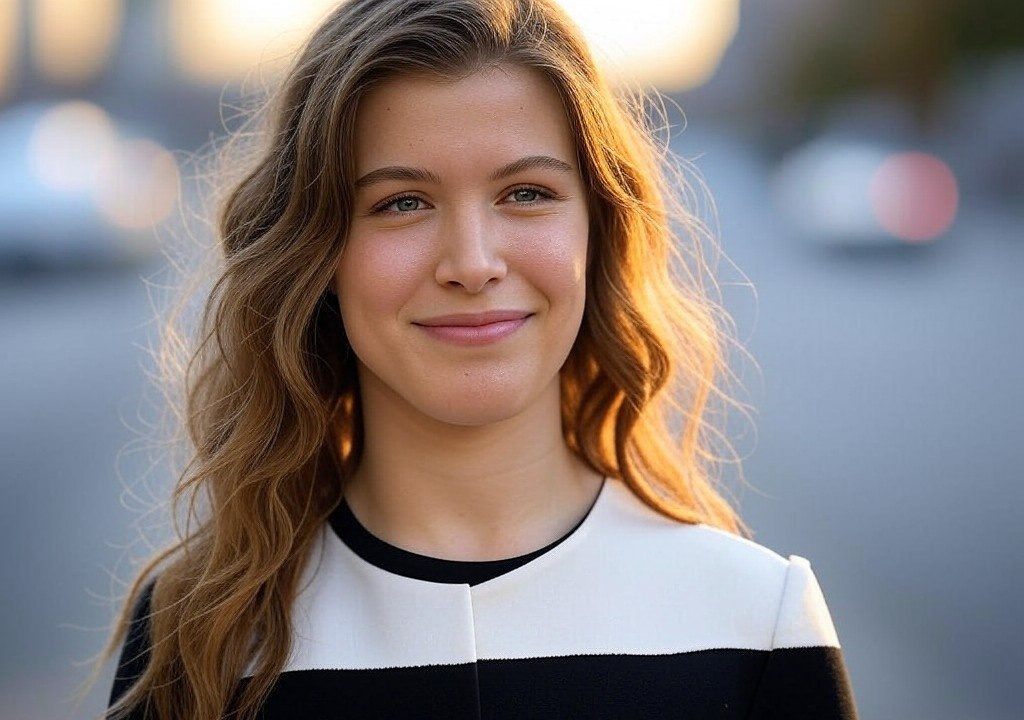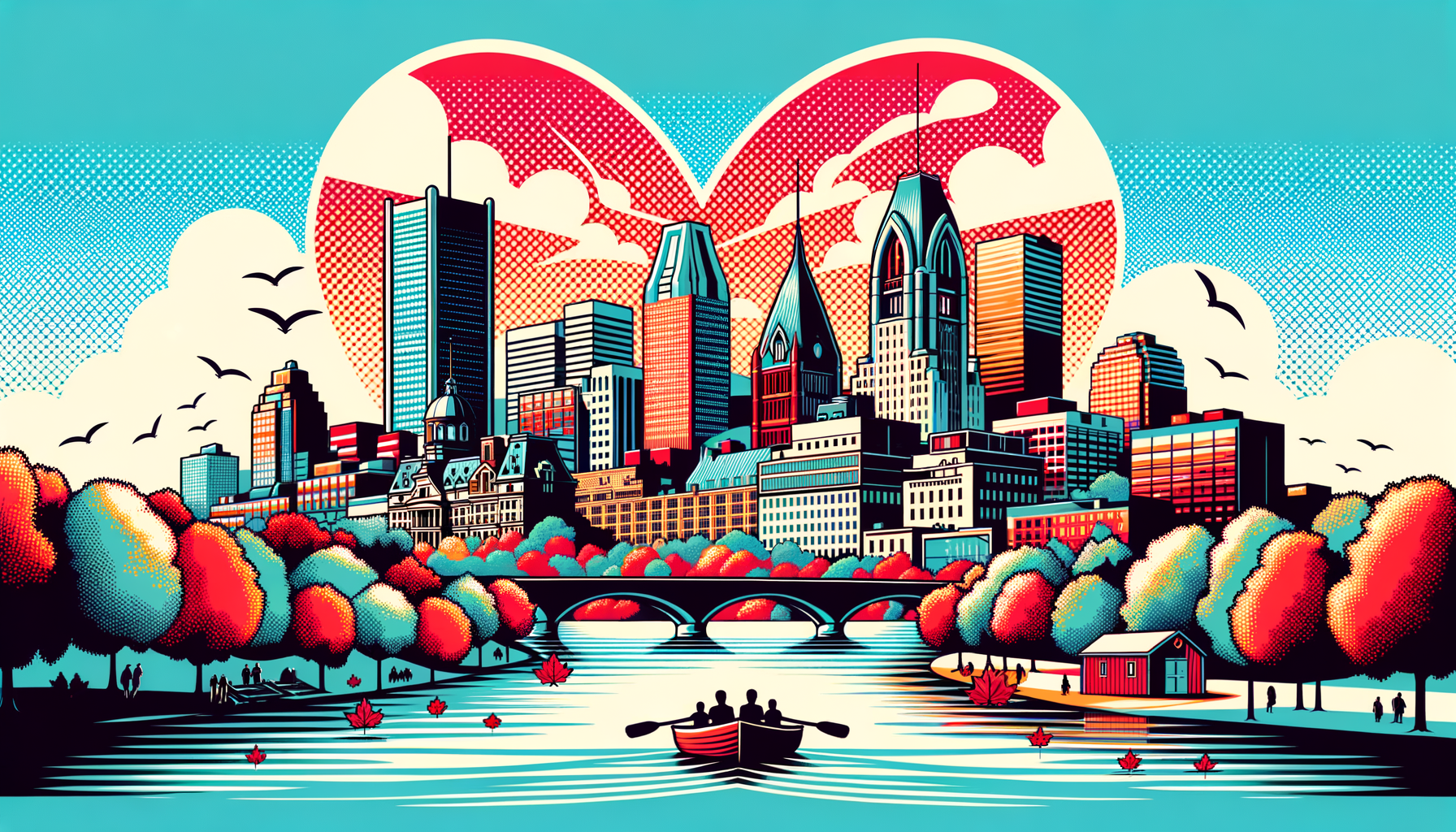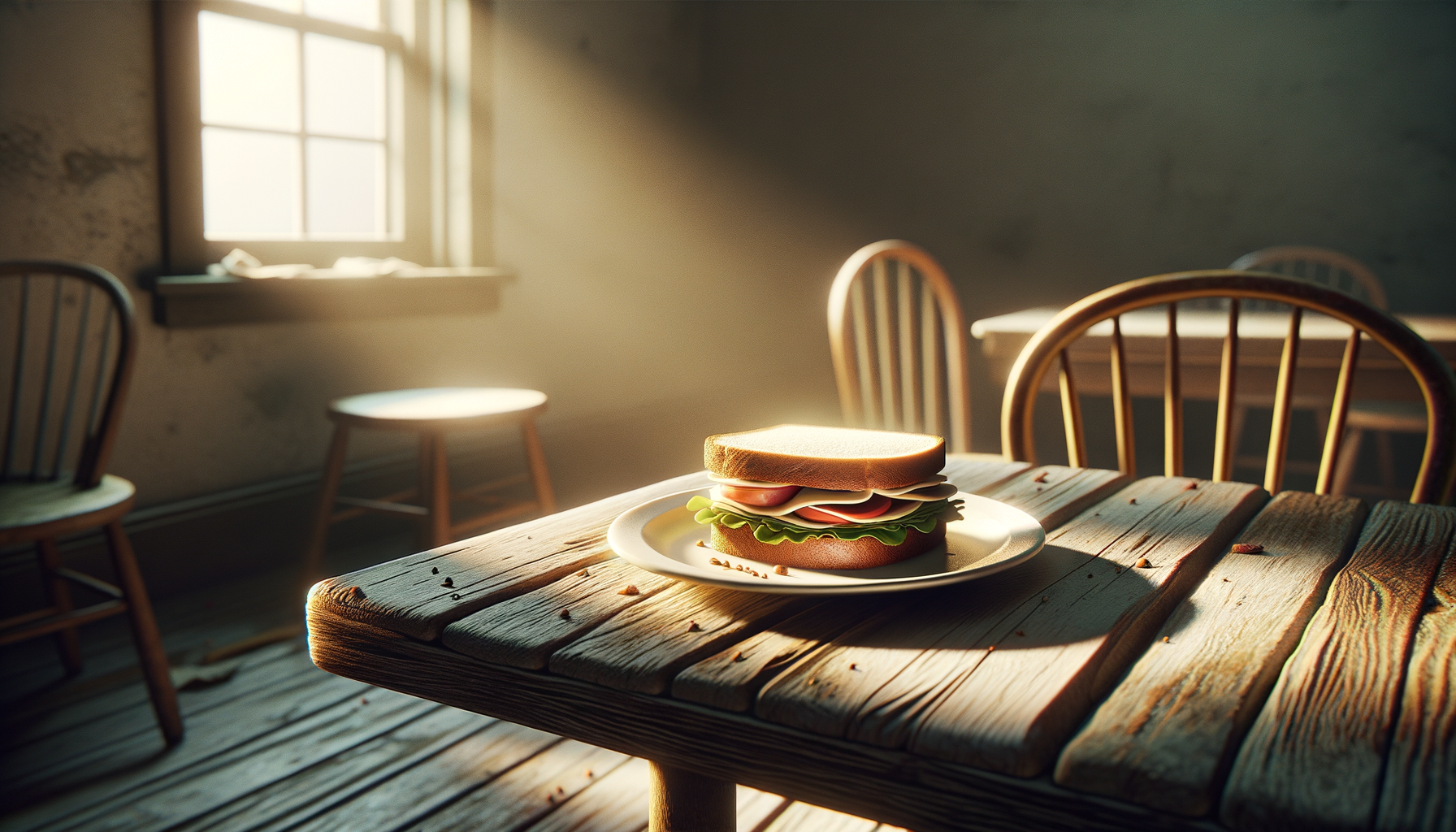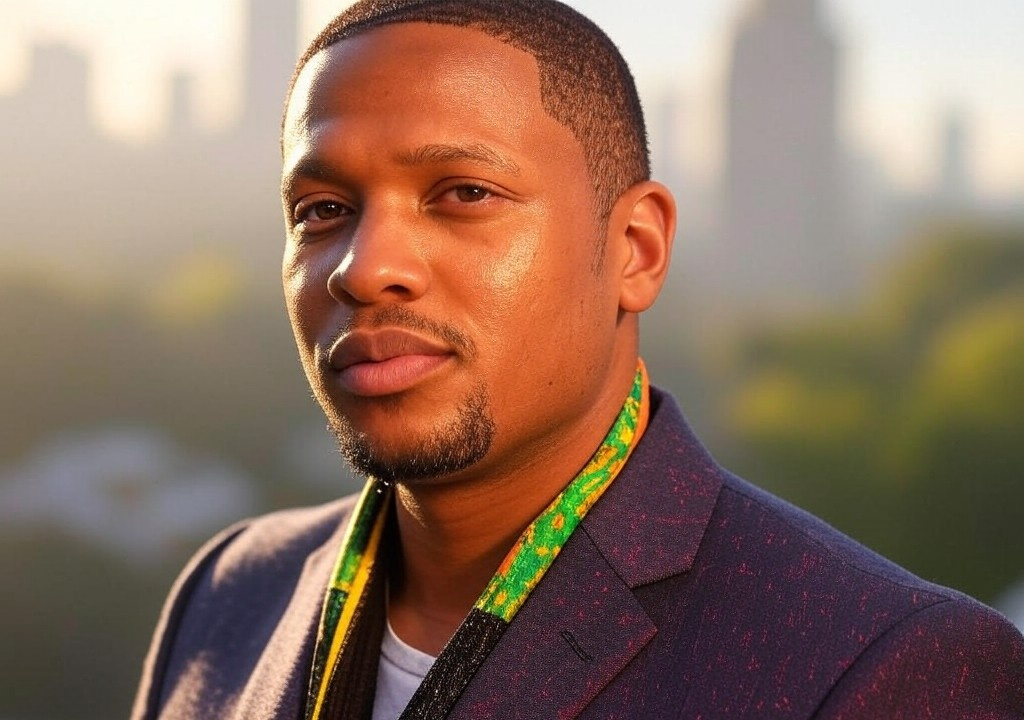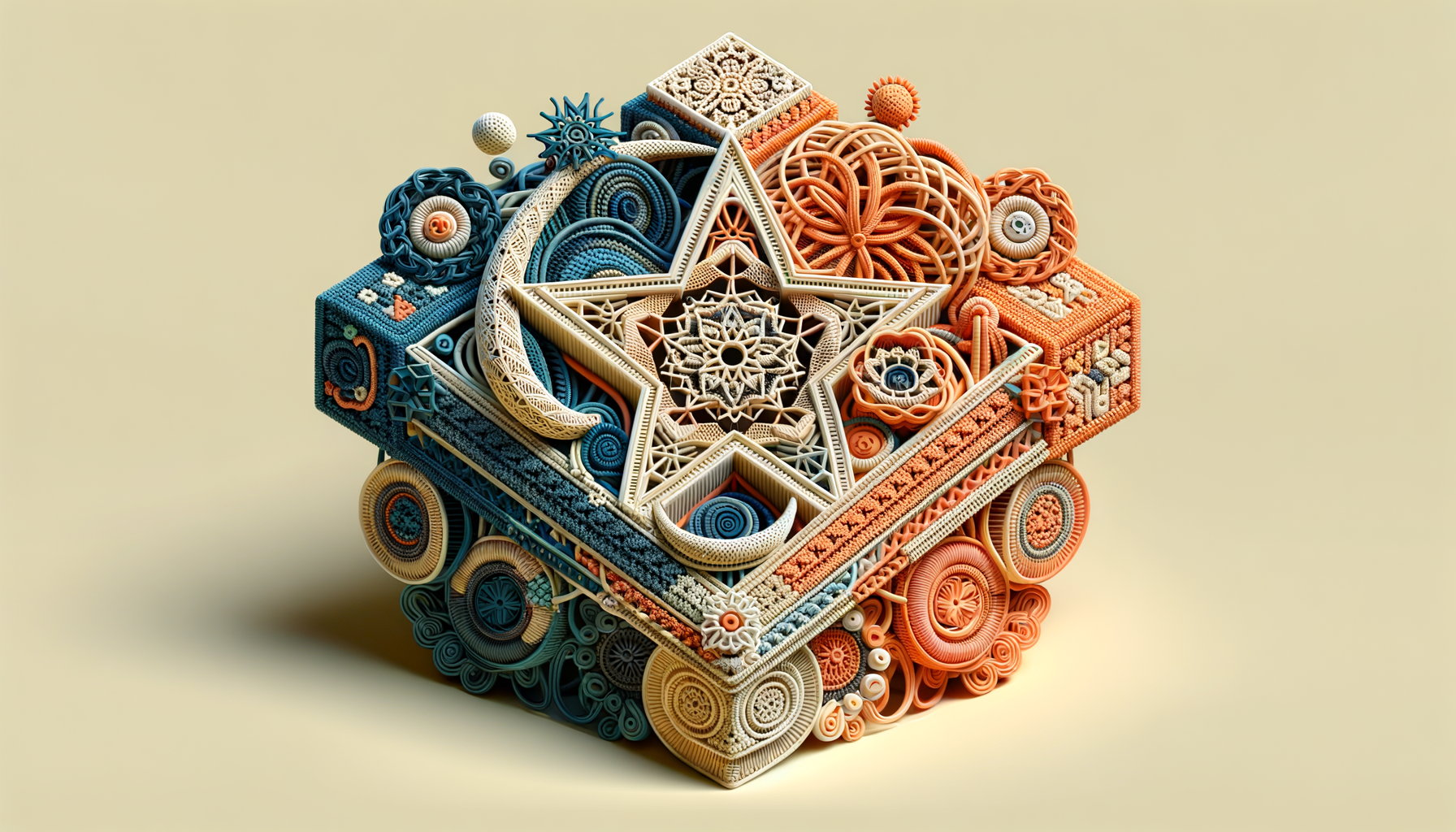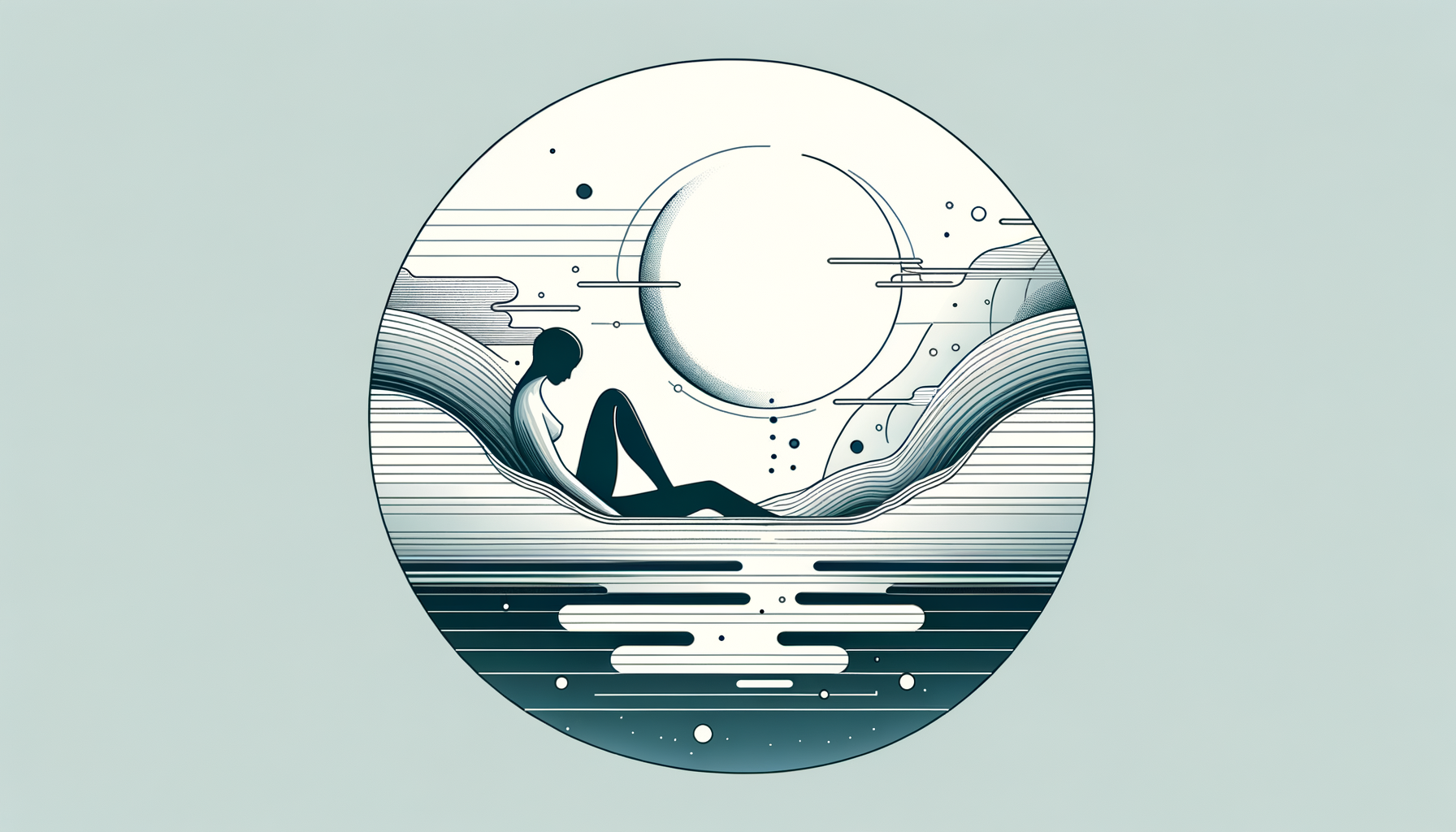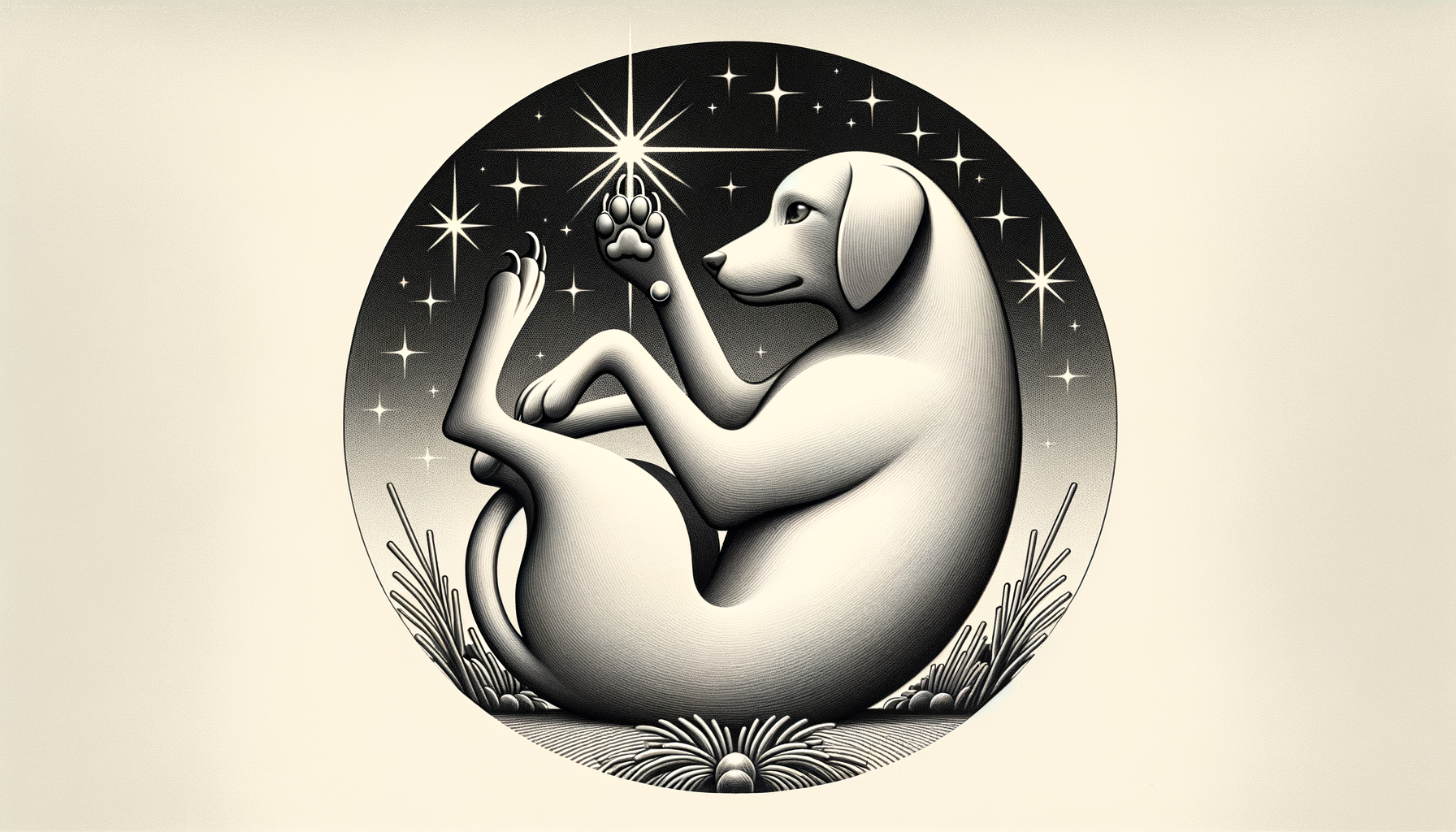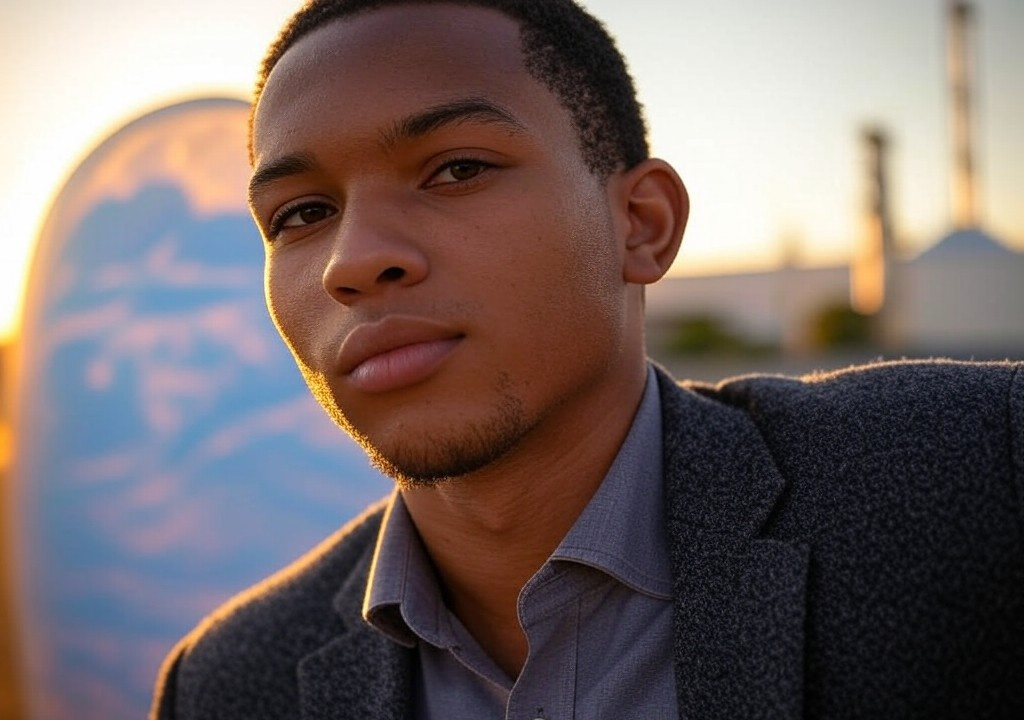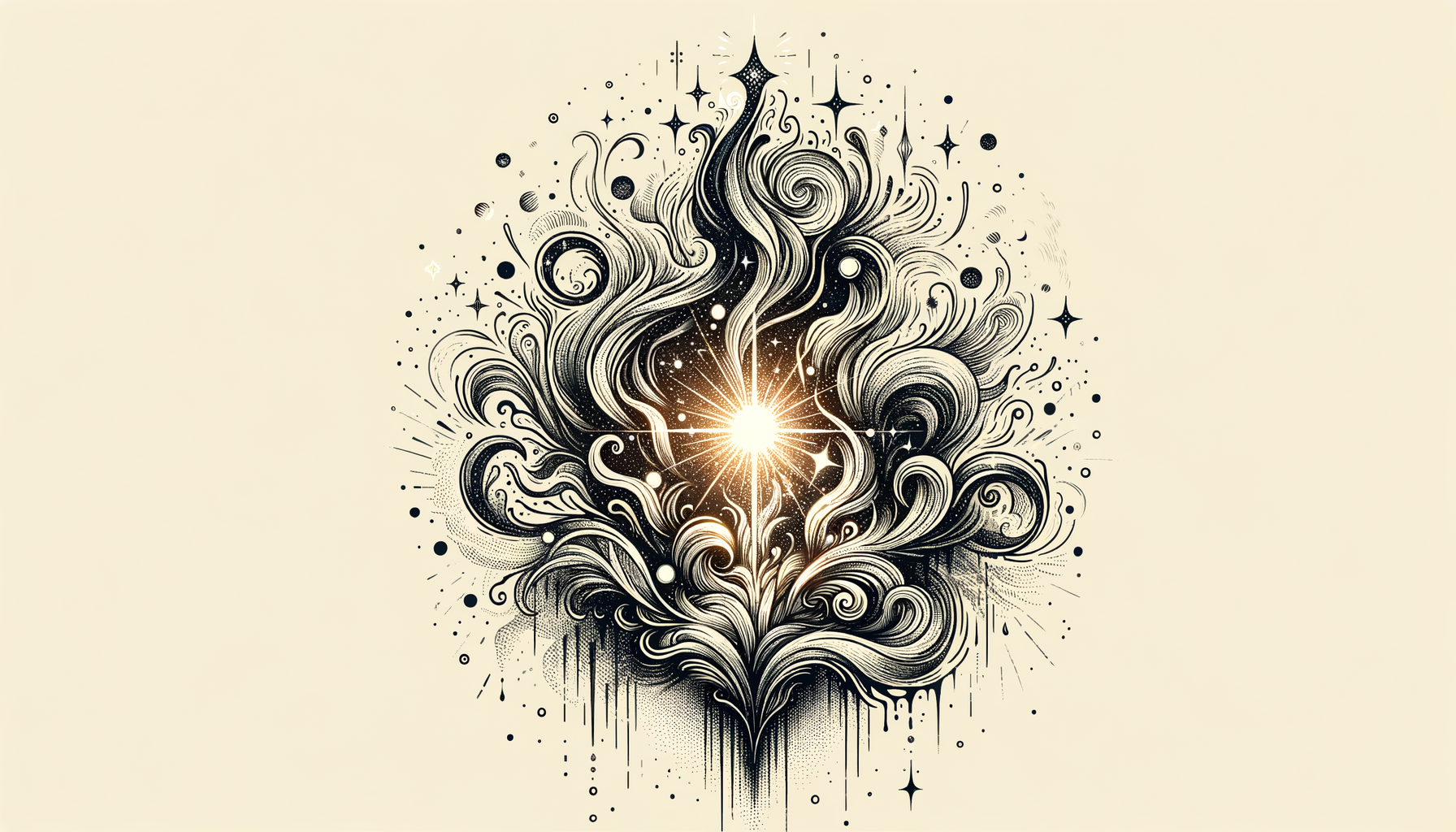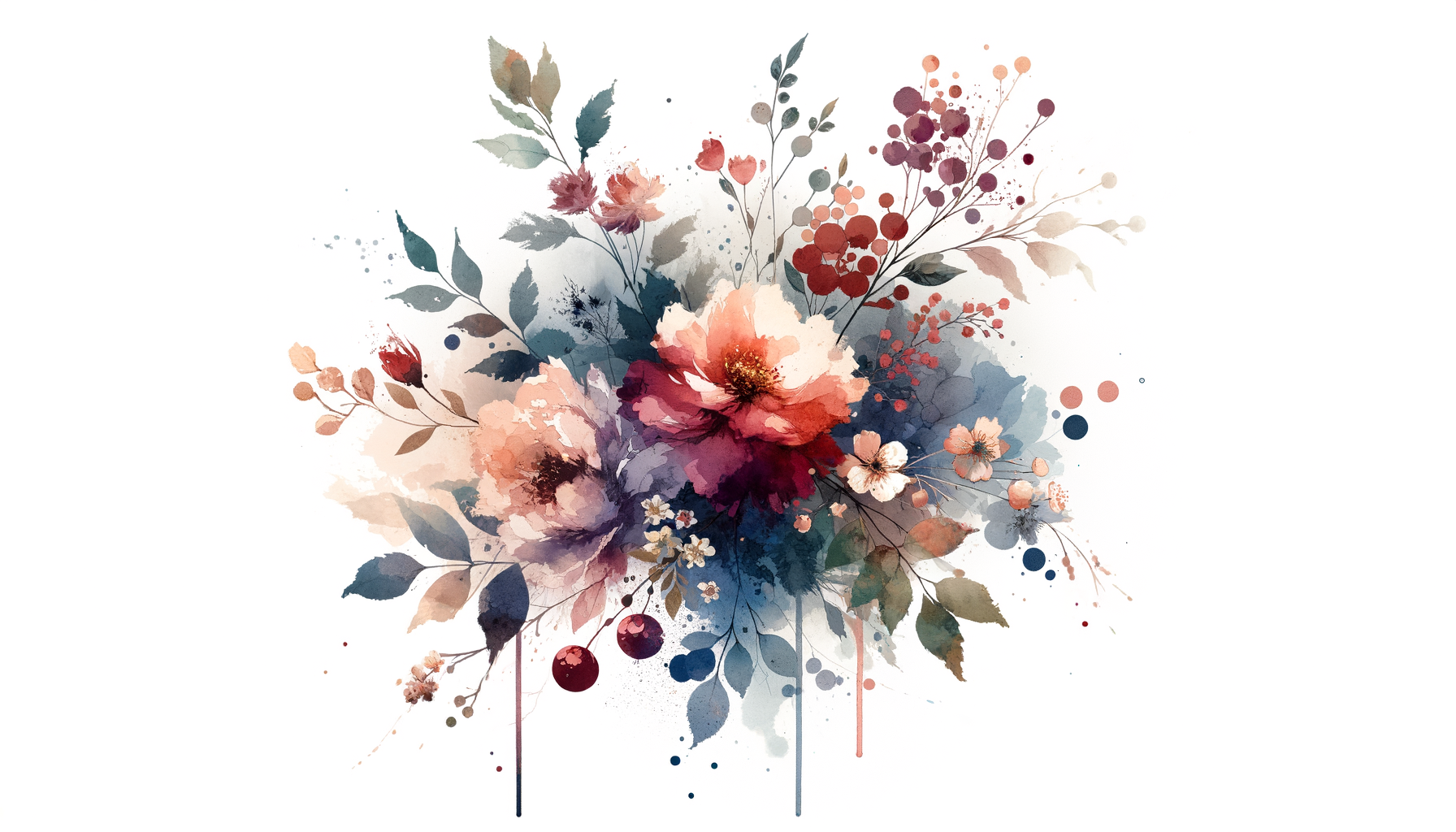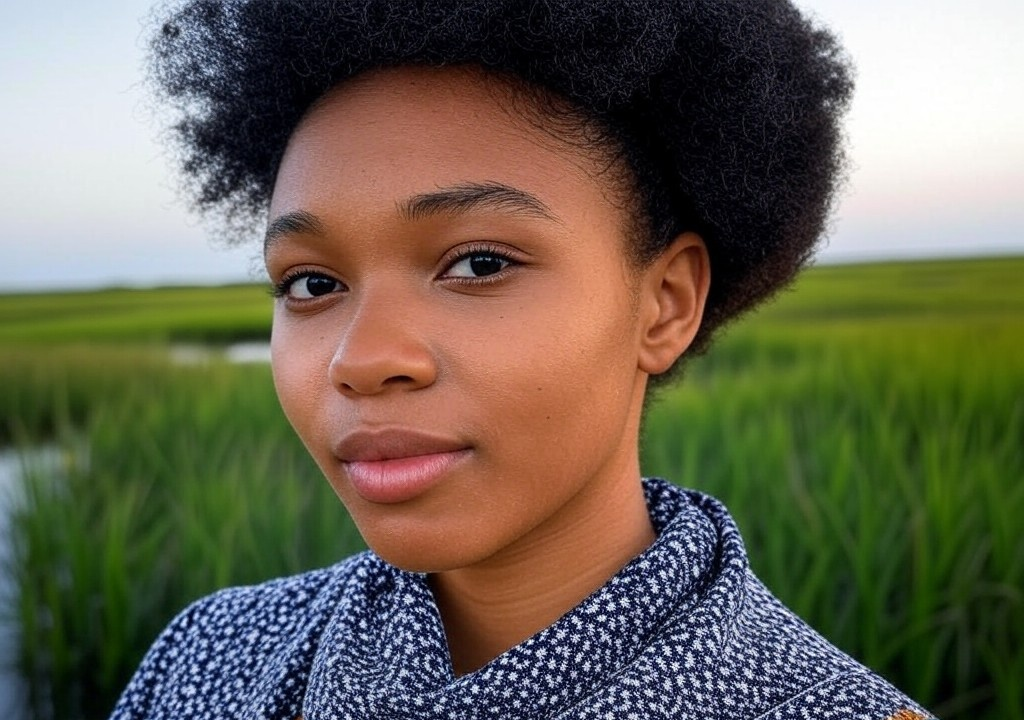The Place That Made Me
I didn’t think much about being “from” somewhere until I left. Growing up in Montreal, the world felt both big and small at the same time. Big in that it was brimming with people and languages and stories bumping into each other on every corner, but also small because everything I needed felt within arm’s reach—bagels warm from the oven on Fairmount, a crisp walk along the cobblestones of Old Montreal, or voices that switched from French to English mid-sentence, as though language was less a barrier and more a dance you could improvise. At seventeen, I thought every place was like this. At twenty-one, standing in a Paris boulangerie, fumbling over my order, I realized: not every place was like this.
Montreal wasn’t just my backdrop; it shaped how I think about people, places, and (maybe most significantly) love. There’s something about growing up in a city drenched in dualities—a city where you can freeze your eyelashes shut in the winter but dine al fresco under fairy lights all summer—that makes you uncertain about what you want but certain you’re always looking for contrast. And love, at least in my experience, has always been a study in contrasts: brash meets tender, joy meets heartbreak, familiarity meets novelty. And Montreal? Well, she taught me how to embrace it all.
Cobblestones, Crêpes, and Chemistry: Why Place Matters in Love
Let’s start in Old Montreal, where my earliest lessons in romance unfolded on patio chairs over espressos I was too young to appreciate. This was where my first boyfriend and I had our “big” fight, which, in hindsight, wasn’t big at all—it was mostly over what to eat for lunch and the (audacious, ridiculous) fact that he didn’t think poutine qualified as a meal. The injustice! But in those early days of young love, in a setting as cinematic as Old Montreal—the horse-drawn carriages, the buskers harmonizing with their guitars—it felt monumental. If love is a story, the backdrop certainly adds production value. No one remembers their first kiss in a strip mall parking lot with quite the same reverence, do they?
But these cobblestone streets also taught me the balance of romance and reality. Things look picturesque on the outside, but maneuvering through those uneven stones in three-inch heels? A near-death experience. Relationships work the same way—they can be beautiful, but they’ll trip you up the moment you stop paying attention to your footing.
Duality and Détours: Montreal’s Love Notes
Montreal doesn’t do singular identities, and that’s what makes it unforgettable. She’s elegant but gritty, European but distinctly North American. Growing up, we were always navigating “two-ness” in some form—between languages, seasons, or even loyalties to bagel shops (though the correct answer is always Fairmount, don’t @ me).
In love, that duality has shaped my type: I’m drawn to people who confuse me in the best way possible. Growing up bilingual taught me that not everything about someone will translate perfectly, and that’s okay. My most meaningful relationships often had a dash of unease—a challenge to figure one another out, whether it was a cultural difference or simply a different way of looking at the world. Translation takes effort, but it’s worth it when you’re fluent in someone by the end.
Montreal also taught me about detours: how the best experiences often happen when you wander off course. Take any given corner in Le Plateau, where I grew up, and you’re just as likely to stumble upon a trendy wine bar as une fromagerie so small you’re positive they’re running it out of someone’s closet (and yes, it’ll be the best cheese you’ve ever had). That mindset—embrace the unexpected—has been a lesson I’ve carried into my love life. If I’d only dated my quote-unquote “type,” I would’ve missed out on some of the most surprising and meaningful connections of my life. In the same way you can’t judge a restaurant by its humble exterior (hello, le best dumplings are in Chinatown), you can’t cut someone off just because they don’t check every box on your imaginary “list.”
Winter Love and the Lost Mitten Phenomenon
If you’ve survived a Montreal winter, you know two things: (1) minus 30°C is survivable—but barely—and (2) mittens are always losing their partners. Always. There’s something heartbreakingly universal about that lone mitten sitting atop a snowbank, waiting for its match, faded and forgotten overnight. Dating in my twenties sometimes felt like that mitten—a little lonely and a lot cold.
But here’s the funny thing about Montreal winters: they force intimacy. Waiting for the metro together as your cheeks go numb somehow feels like romantic foreplay. There’s a familiarity in the collective suffering of it—everyone dragging their boots through four months of ice, their hearts pining for summer sundresses and terrasses and carefree heat. Love often felt louder in the winter. Maybe it was the forced proximity, the need for warmth, or (if I’m being honest) the snowy isolation making bad decisions look like good ones. (“He’s toxic, sure, but it’s minus 25°C—what am I supposed to do, walk alone?”)
But even the “bad” relationships came with their lessons—chiefly, that you can rebound. Montreal’s winters taught me resilience, both in life and in love. There’s no heartbreak quite like a blistering wind chill in your face as someone’s just broken up with you on a bench at Parc Lafontaine. But come spring? You’ll bloom again. The snow will melt, and with it, the harshness fades. You’ll leap onto a BIXI bike, feeling lighter, freer, somehow alive again. If that’s not a metaphor for healing, I don’t know what is.
Building Roots but Staying Light
At 25, I left Montreal to live in Paris for a semester. I wanted to understand the place we often look to as Quebec’s older sibling, chic but slightly aloof. And while Paris gave me decadent pastries, critical stares, and a crash course in charmingly indifferent men, it lacked something foundational. Paris is all surface—beautiful, but polished in a way I couldn’t quite burrow into. Montreal, by contrast, taught me how to be rooted and still whimsical, how to relish deep conversations while throwing in humor about your ex’s terrible tattoo. It’s a city that doesn’t take itself too seriously but always invites you to dig deeper. That’s the kind of love I want: grounded, textured, but never bogged down by its own storyline.
The Takeaway: Wherever You Go, Bring a Bit of Home With You
Montreal taught me more than just how to love; it taught me how to be curious about people. How to admit you don’t know something without losing confidence, how to ask great follow-up questions that turn awkward silences into meaningful moments. Growing up surrounded by so many cultures, languages, and stories made me comfortable in the gray areas of human connection. And honestly? That’s where the most beautiful parts of love live, too.
So, wherever you’re from, let it shape you. Even the parts that annoyed you or made you cringe at the time (looking at you, pothole-filled streets). Every place, every experience leaves a thumbprint on your heart, and those imprints add layers to how you connect with others. While I now live on the cusp of other places—shifting, exploring—Montreal is where I first learned to read the music of people’s hearts. And for that? I will always be grateful.


